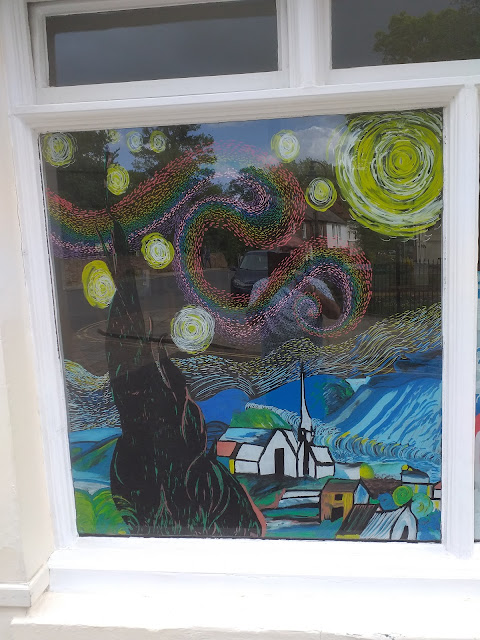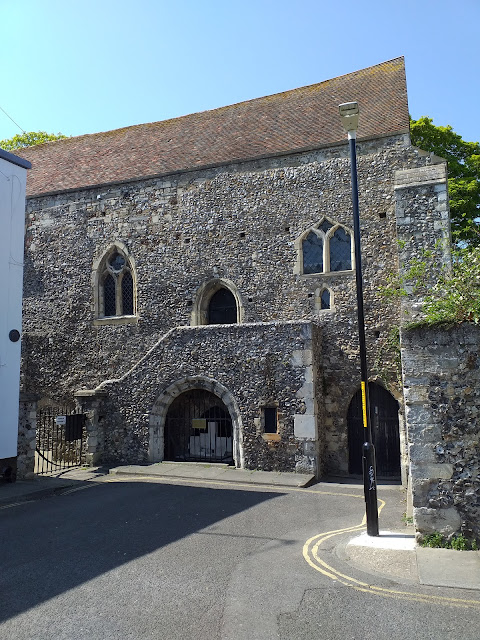I was more or less minding my own business, taking a photograph of the Bell and Crown on Palace Street on an overcast Saturday afternoon in the middle of May, when a passer-by asked me whether the sign advertising Truman's Brewery, which gave the date 1666, referred to the date of the pub. He then told me that his family had owned Fremlin's Brewery, and then that the family also owned Freeman, Hardy and Willis (whose Canterbury depot in St Dunstan's is shown).

He had been going to get a job there as a boy, he said. He then explained that the Freeman part of the firm was associated with Morgan Freeman and explained that the Freemans had been a family descended from a clever slave; they were great engineers. He seemed to be under the impression that FHW, which he said had forty shops in England, was an engineering company. The Hardy, of course, referred to the actor Tom Hardy. And the Willis? This was Bruce Willis. By now I suspected that I was being spun a yarn. He then began to explain that the family of Bruce Willis owned the land on which the Dreamland amusement park in Margate was built and that he had recently tried to but houses nearby for far more than they were worth.
My researches tell me that FHW was a chain of shoe shops established in 1875; there were 540 shops at its peak but the brand siappeared in 1996. None of the actors named seem to have anything to do with the brand.
My informant, Mars, tells me that he comes from New Jersey but is now resident in a detached house with a CT1 postcode that was built in 1938, the year his mother was born.
The experience reminded me of a delightful coach holiday in Greece, visiting the old sites, when, one night in the wonderful coastal town of Nafplion, the original capital of the newly independent Greece, one of my fellow tourists revealed to his wife that he was actually the long-lost (and unacknowledged) son of John Lennon, which had been revealed to him as he was passing a shop in London.













































